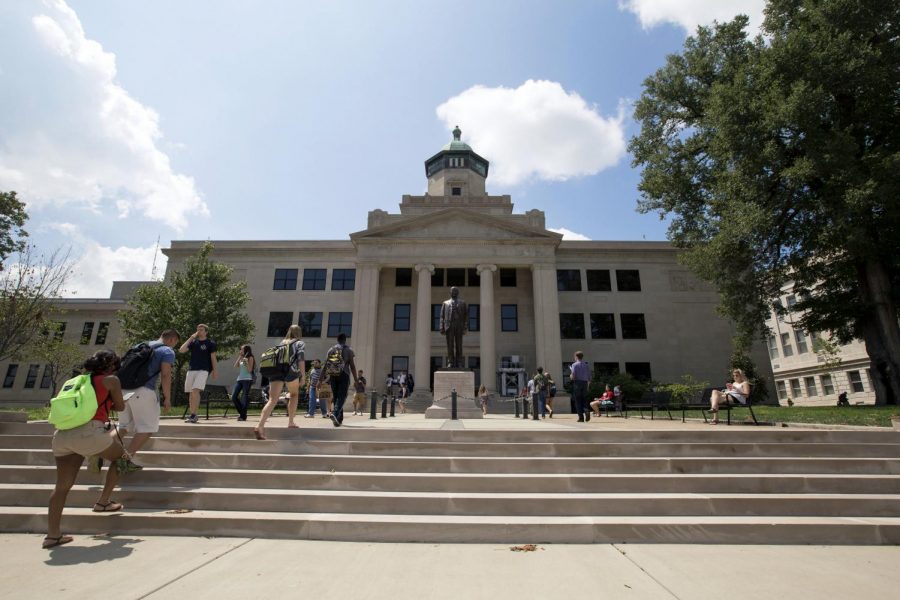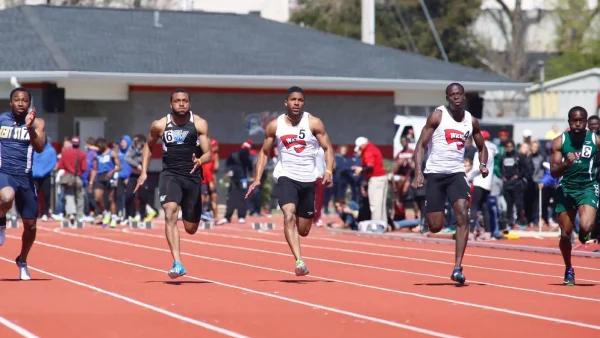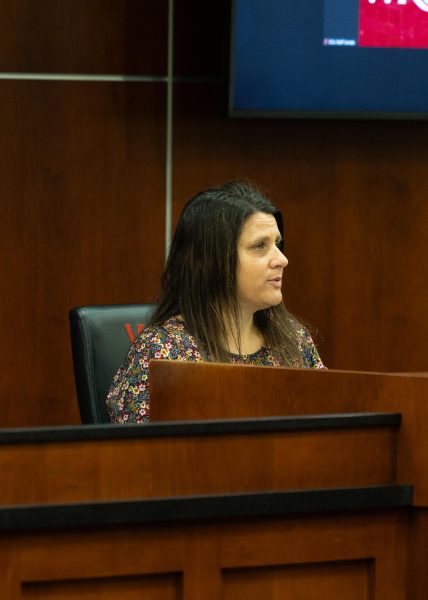Higher education enrollment declines across Kentucky: Where WKU stands
February 25, 2021
Editor’s note: A previous version of this story contained an incorrect statistic. It has since been corrected, and the Herald regrets this error.
Enrollment at Kentucky’s public, four-year universities went down 2.1% between the fall 2019 and fall 2020 academic years. WKU also experienced a decline in the same period, according to state data.
The Kentucky Council of Postsecondary Education found WKU’s enrollment fell to 17,518 in fall 2020. This represents a 3.66% decline from the previous year, when WKU had 18,183 students enrolled.
Over the last five years, the state’s public, four-year universities have experienced a 7.3% decline in enrollment.
Of the state’s four largest universities, WKU was the only one to experience a decline from 2019 to 2020.
The universities of Louisville and Kentucky both experienced an enrollment increase during this period, at 2.48% and 1.85%, respectively. Northern Kentucky University similarly experienced an increase at 3.35%.
WKU’s recent freshman class, however, has shown strong growth from fall of 2019 to fall 2020, said David Mahan, head of CPE’s data and advanced analytics team. Mahan said most institutions’ freshmen enrollment went down.
Ethan Logan, WKU vice president of enrollment and student experience, said WKU over-performed in terms of enrollment, which he attributed to a new scholarship model, including allowing admission based on high school GPA rather than standardized test scores.
“Overall, things are really looking healthy,” Mahan said about WKU.
WKU’s drop this academic year could be attributed to a decline in international students and dual-credit students, Logan said.
Another group that declined in enrollment both at WKU and statewide was adult, or nontraditional, students, Mahan said.
“The couple areas that they did go down, that was more of a statewide trend, not just a Western issue,” Mahan said.
Logan said the university is in recovery, which is “difficult” due to previous incoming classes with less enrollment still working their way to graduation.
“We’ve turned the corner in terms of where we are with enrollment, and as long as we continue to hold and advance the enrollment of new students, then we will come out of that trough,” Logan said.
CPE is projecting the amount of students seeking higher education will go down about 7% by 2030, Mahan said. These universities are competing for the same set of students, and Mahan said “there’s only so many students to go around.”
“It’s kind of this admission battle for those students,” Mahan said.
























